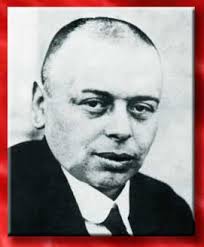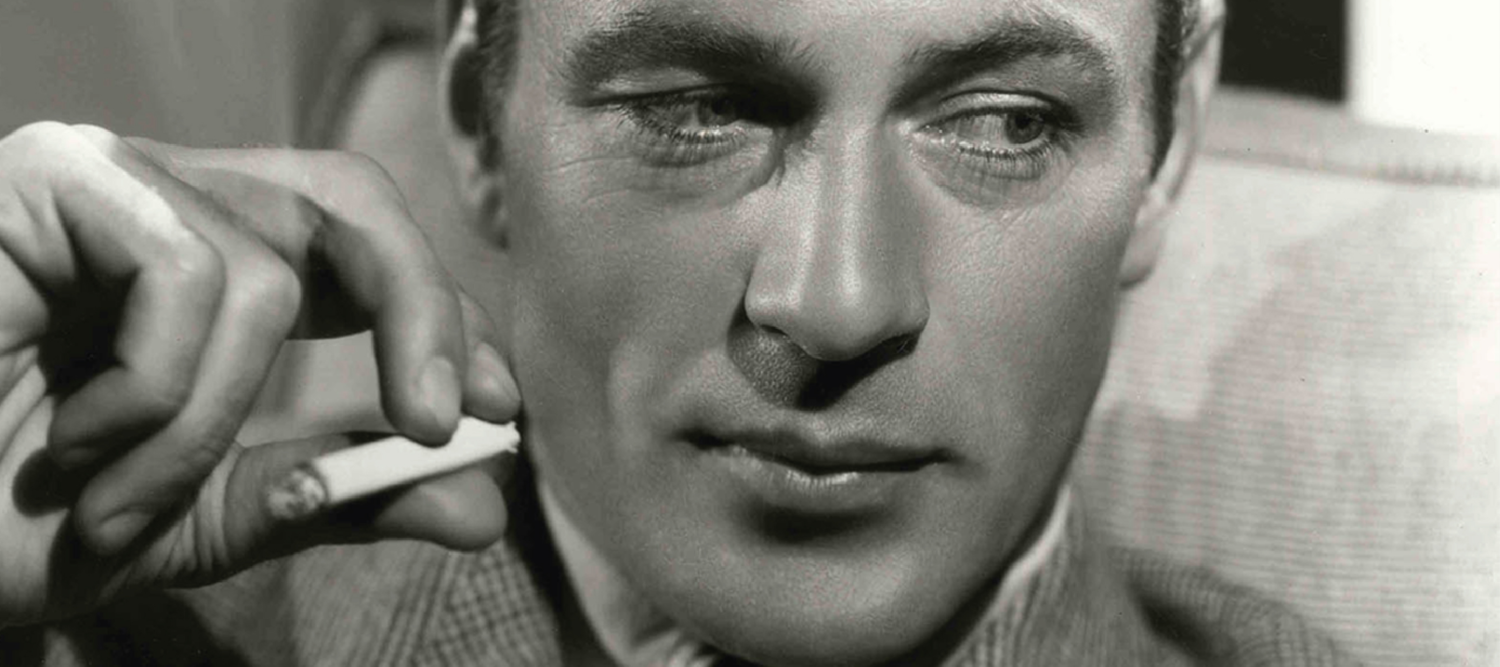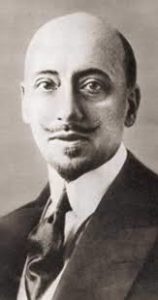Men who were ugly as sin
I have just finished reading a wonderful book by Margaret MacMillan, Paris 1919. This enthralling account of the machinations behind the Treaty of Versailles, which concluded the First World War, is just superb.
Here and there my cosmetic plastic surgeon side was tickled when this eminent historian would resort to the use of one adjective in particular to describe some of the participants and political leaders of the time: ugly.
In a previous post, I have written about the rhinoplasty the current leader of the British Labour party, Ed Miliband, had performed and the reverberations that led up to his surgery—with the poor bloke having been deemed “too ugly for politics.” Now I must add a new category to my list: too ugly for history.
Here is that older post: The politics of good looks
Two ugly men
Dr. Macmillan sets her sights on two fellows in particular.
Bela Kun
The leader of the Hungarian Communist party who seized power from March 1919 until he fled 133 days later in August of the same year. Apparently he had an unfortunately ironic first name for the Latin ear. Bella/bello, MacMillan asserts, he was not.
Here is his photograph: Bela Kun 
- Round head
- Broad face with large forehead
- Large, close-set eyes
- Small chin and mandible
- Broad thick lips
- Wide mouth
Gabriele D’Annunzio
The first of the infamous fascist leaders of Italy and a prototypical “…superman in the words of Nietzsche…”
Here he is with his:
- Oval head but round skull
- Large nose
- Close-set eyes
- Shortness and baldness (Not “ugly” in themselves but they don’t help if you have all of the above as well)
As many have said, beauty is in the eye of the beholder, and though neither of these men can be classified as handsome (in my opinion), they nevertheless rose to positions of supreme political and literary power and had various and frequent liaisons with women who found them attractive enough!
It seems to me that those men’s ugliness was not so much a product of their physical attributes but rather the personae they embodied within their physical forms.
Kun was “ugly” for his history of embezzlement of state funds, virulent communism (like that of the Cambodian leader Pol-Pot, who changed the calendars to the year zero after coming to power), his murder of thousands of white Russians in the Crimea, etc. Not a very nice fellow, it seems.
D’Annunzio was “ugly” for his “fin-de-siècle” personal decadence, drug use, amorality and egomaniacal fascist politics.
The two men were really at opposite ends of the political spectrum, yet both of these men of average physique became “ugly” in the non-physical sense of the word in their thoughts and deeds, and that, in turn, marked their faces.
All of this serves to prove that ugliness comes from the same place as beauty: from within.
Since I first wrote this blog I am wondering if my opinion has changed. I say this only in that there are as many ugly people doing ugly things as beautiful people. The part about “it comes from the inside”might be true but sounds too contrived and corny for me these days. Any thoughts? Anyone?











Recent Comments